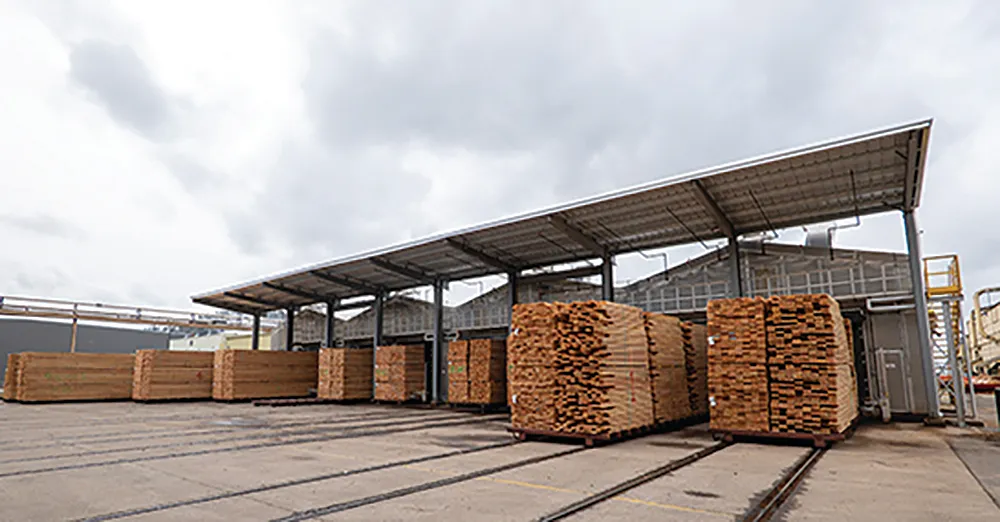Table of Contents
Natural hardwoods offer sustainability, authenticity and comforting natural beauty. The added bonus? They are all derived from a material straight from the soil. In fact, North American hardwoods are among the most plentiful and well-managed resources in the world.
These hardwoods come from various growing regions, which encompass states within the Western, Glacial and Appalachian portions of North America. Growing region may not seem like a big deal, but each area brings specific qualities and characteristics to the wood thanks to region-specific factors such as climate.
Western Region: Versatility & Beauty
Within the Western hardwoods growing region, one species is quickly gaining popularity in the global wood industry, particularly among cabinetry and furniture makers: alder.
Alder, which offers a combination of workability, versatility and beauty, grows within the southern British Columbia to Northern California areas. It’s a relatively small tree that only reaches about 90 to 100 ft. in height at maturity, with a trunk diameter of up to 5-1/2 ft.
The tree’s small size means that boards are typically narrow. But, what alder may lack in size, it makes up in usability, workability and beauty.
What makes alder so popular is that it’s a fairly straight grained wood with uniform texture and has the visual appeal of cherry, maple or birch. And while it yields narrower boards, there is little difference or color variation between the heartwood and sapwood.
Alder also provides:
• Workability: alder is excellent for machining, turning, surfacing, drilling, boring, carving and molding
• Versatility: alder can be nailed without splitting, screwed without pre-drilling, and glues well
• Beauty: alder is sandable to a smooth finish, paintable and stainable (it is ideal for light or natural finishes and offers a warm honey color when finished naturally)
Alder can be used to deliver a knotty, rustic or distressed appearance, in addition to beautiful color, making it ideal for use in a broad range of applications, such as cabinets, doors and paneling, mouldings and millwork, furniture, picture frames, toys, interior joinery, and other specialty wood products.
But, while the use of alder is on trend and on the rise, it’s not the only hardwood option.
Glacial Region: Texture & Color
The Glacial growing region—consisting of states from Wisconsin up north to Maine—offers tree species that can tolerate shade and growing under low light conditions. The long, frigid winter climate, coupled with a short summer season, produces hardwoods with very tight growth rings. This creates lumber with outstanding color and fine texture, which is ideal for applications ranging from furniture, cabinetry, and doors to flooring, paneling and more.
This region supplies nine primary, widely used species, including ash, basswood, cherry, hickory, hard maple, red oak, soft maple, white oak, and walnut.
Appalachian Region: Superior Quality
Spanning several states, including Ohio, Pennsylvania, North Carolina, Virginia, and West Virginia, the Appalachian region produces a wide range of hardwoods species—all with one thing in common: superior quality.
Thanks to the region’s climate conditions—warm summers that assist with tree growth, and cooler spring and fall seasons with cold winters, which allow that growth to be gradual—hardwoods from the Appalachian region feature tight growth rings, strong fibers, and consistent colors and grain textures. This leads to strength, durability, and beauty in the lumber, in addition to excellent width and long length characteristics.
Primary species include ash, cherry, hard maple, red oak, soft maple, white oak, basswood, beech, birch, walnut, poplar, and hickory, which are great for high-end furniture, millwork, cabinetry, doors, flooring and paneling, and more.
No matter the region they come from, there are many North American hardwoods species to choose from. The decision as to which one to use comes down to the application and overall quality and look of the project.





